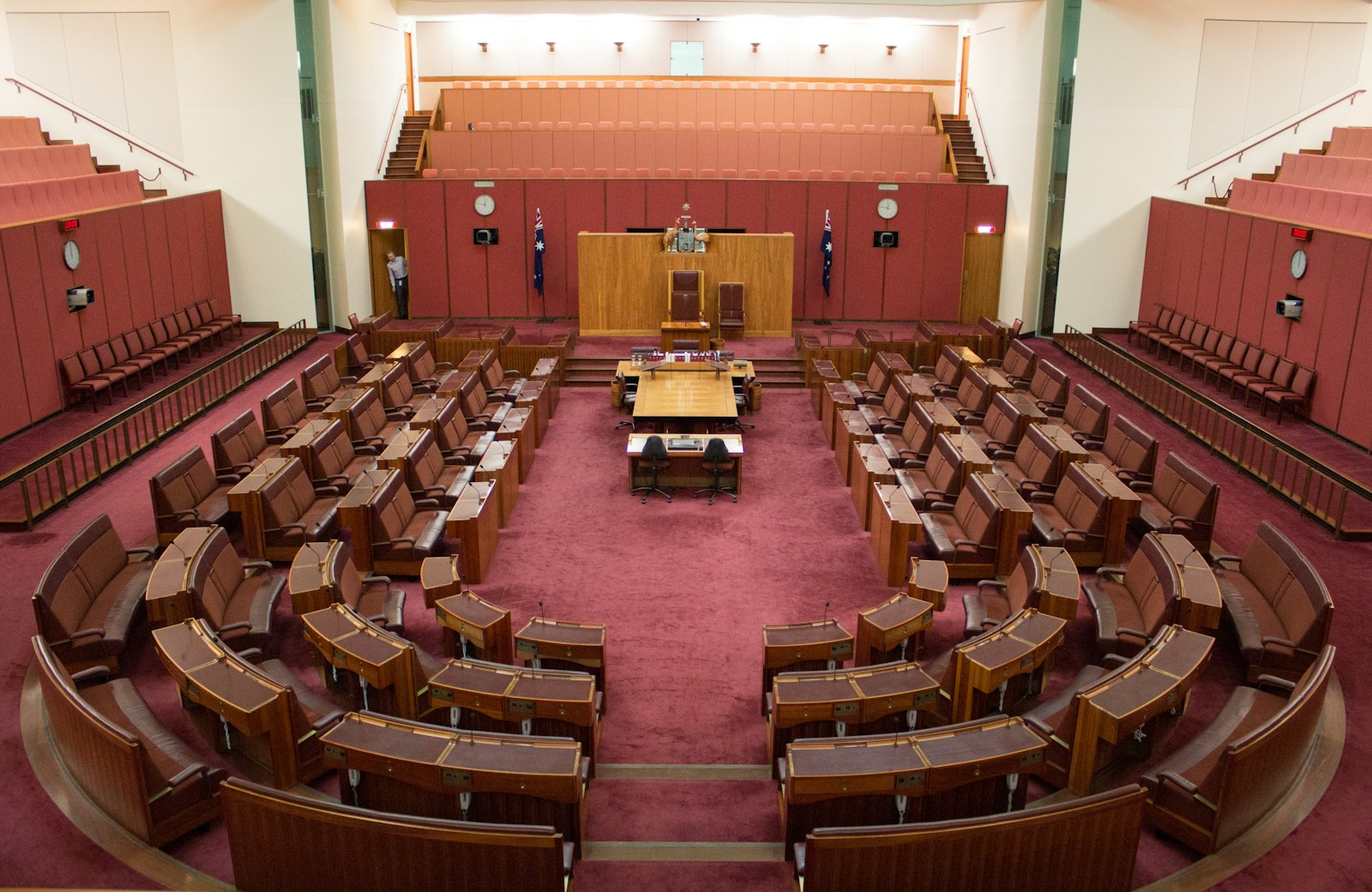Watch APRA squirm when asked if they are going to take responsibility for banks closing branches.
As the Australian Prudential Regulator responsible for deposit taking institutions you would think keeping branches open would be a major concern for them.
They don’t seem to think so.
Just another bureaucracy that doesn’t do their job.
Chamber: Committee on 1/12/2023
Item: Rural and Regional Affairs and Transport References Committee – 01/12/2023 – Bank closures in regional Australia
Senator RENNICK: My first question is for APRA. I note that just in the last five years, or from June 2017 to June 2022, the number of branches open in Australia has decreased from 5,694 to 4,014, a decrease of 30 per cent. Does APRA include offices that don’t offer face-to-face services as a branch?
Mrs McCarthy Hockey : You’re correct: we have a data collection role. That’s in addition to our role as prudential regulator, where we focus on the safety and stability of the system. I’m going to ask my colleague Mr Trevorrow to answer the detail of your question.
Mr Trevorrow : In our reporting standards, the definition of a branch does include a face-to-face presence.
Senator RENNICK: It does includes face to face?
Mr Trevorrow : Correct.
Senator RENNICK: But are you counting those offices that don’t offer face-to-face services as a branch?
Mr Trevorrow : In our reporting standards, the definition of a branch is a location that provides face-to-face service and maintains a fixed address and provides a range of services as defined in the standard.
Senator RENNICK: Do you take into account the full-time or part-time status of a branch? If a branch is only open from, say, 10 o’clock to one o’clock, is that counted as a half branch or a full branch?
Mr Trevorrow : No, we do not.
Mrs McCarthy Hockey : That is a full branch.
Senator RENNICK: So the decline in hours isn’t being reflected. So not only have we got a loss of 30 per cent of branches; it’s worse, because we’re not taking into account the loss of hours. Some of the feedback we have got throughout this inquiry is that banks have closed branches in towns without any prior warning that they were going to close the branch, or with very little warning. How is it that APRA hasn’t enforced the community service obligations of the banks when they close branches in small towns?
Mrs McCarthy Hockey : Thank you, Senator, for your question. Where you’re going with this line of questioning is a very good one, and that actually lines up with the work we’re doing. As part of the Regional Banking Taskforce, the branch taskforce of 2022, we were tasked with a requirement to go ahead and review our points of presence. In fact, we are consulting on that at the moment. It has a two-phase consultation, and that goes to those questions that you’re asking: what are the questions that the community, the users of the data, would like to see in the points-of-presence data publication that we make? We do take it very seriously, in doing this work that is of use, so therefore we have sought to understand in the first phase. In fact, we’re very happy to share some of the insights we’ve already gained, and Ms Wong would cover that if it would be of interest. We are looking, first, at how it is used, what it means, what you would like to see and so on. It goes to those questions you’re asking. That’s the first phase. We are just collating that at the minute, and then we’ll be assessing that. We’re also taking information from this inquiry, so thank you for the referrals we’ve received. They’ve come—
Senator RENNICK: Okay, thank you. If we identify towns where the last bank has left town without fulfilling—because my understanding of the community service obligation was that the last bank wasn’t supposed to leave town. I’ll note that in our regional centres, just in the last five years, we’ve dropped from 817 branches to 569, so that’s a decline of about 250 in branches. There are many towns in Australia that have lost their last major or significant bank. Are you prepared to go back and make those banks reopen their branches in these towns, as per the community service obligation? If they’re not prepared to do that, are you prepared to revoke the banking licence, because they have a social licence to provide these services?
Mrs McCarthy Hockey: Thank you again. These are important issues you are raising. I might just talk about our role. Our role is as the prudential regulator of the system, and we focus on the safety and security of the system. That means that, for any depositor putting a deposit with a bank, we focus on the safety for that deposit. That means we focus on prudential measures like the capital of the bank, the liquidity of the bank, the risk management practices of the bank and things like emerging risk—not just traditional risk in credit and liquidity but emerging risks like cyber risk, which is a prevalent challenge in the system. The ability to manage those so that they have the right systems and processes around that—
Senator RENNICK: Thank you—sorry.
Mrs McCarthy Hockey : Our second role relates to the data collection itself, and that’s where we hope to support this inquiry. Those other matters you referred to are not within our remit, and we don’t focus on those as a part of a banking licence.
Senator RENNICK: Whose responsibility is it to enforce the community service obligation? Do you know?
Mrs McCarthy Hockey: That is not something I’m aware of as an enforcement objective.
Senator RENNICK: Okay. No worries. Back to your capital management, your risk weighting. Is it fair to say, or is it true, that the major banks have a lower risk rating requirement than smaller banks?
Mrs McCarthy Hockey : What we have is a capital framework, which is calibrated for the risk that banks take. We have different requirements according to two different categories: sophisticated financial institutions—that’s called an SFI—and non-sophisticated financial institutions. Those are calibrated to allow for more complex organisations to run more complex models. They come with cost, expertise and other overheads in running those kinds of complexities. For the smaller organisations we have something called standardised, which is simpler to run and has a lower cost base. Ultimately, we believe we’ve calibrated that model appropriately, and it does go to calibrate according to the risks and costs of those risk systems.
Senator RENNICK: Thank you.






























